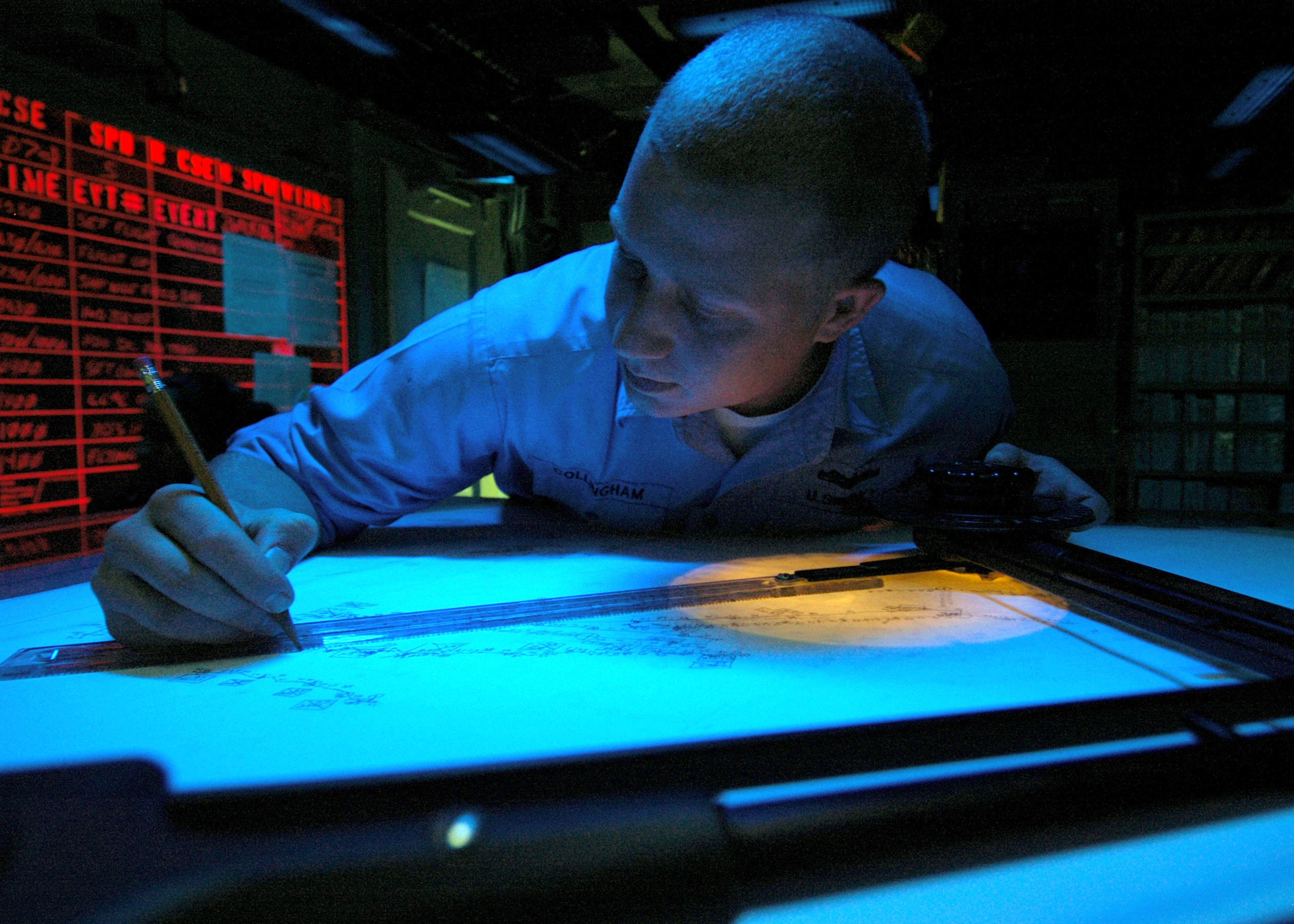Tom.B
Moderator Emeritus
- Joined
- Jul 30, 2009
- Messages
- 5,839
- Location
- USA
- Vessel Name
- Skinny Dippin'
- Vessel Make
- Navigator 4200 Classic
Okay... I haven't started a thread in a long time, but thought I would ask this:
Don't people every pick up a chart and navigate anymore?
As a member of another couple of forums, one of the bigger ones has a rash of morons that ask, "How long does it take to get from (here) to (there)?" which is always followed by some brain surgeon asking, "How fast do you go?" WELL GODDAMMIT PICK UP A CHART AND A DIVIDER COMPASS... MEASURE THE DISTANCE AND FIGURE IT OUT YOU IDIOT!!! I mean really, Yo.
 Even Google Earth is great for this kinda stuff. Someone called it "The Chartplotter Generation".
Even Google Earth is great for this kinda stuff. Someone called it "The Chartplotter Generation".
Thank you... That will be all for now. Carry on.
(P.S.... Get off my lawn!)
Don't people every pick up a chart and navigate anymore?
As a member of another couple of forums, one of the bigger ones has a rash of morons that ask, "How long does it take to get from (here) to (there)?" which is always followed by some brain surgeon asking, "How fast do you go?" WELL GODDAMMIT PICK UP A CHART AND A DIVIDER COMPASS... MEASURE THE DISTANCE AND FIGURE IT OUT YOU IDIOT!!! I mean really, Yo.

Thank you... That will be all for now. Carry on.

(P.S.... Get off my lawn!)






